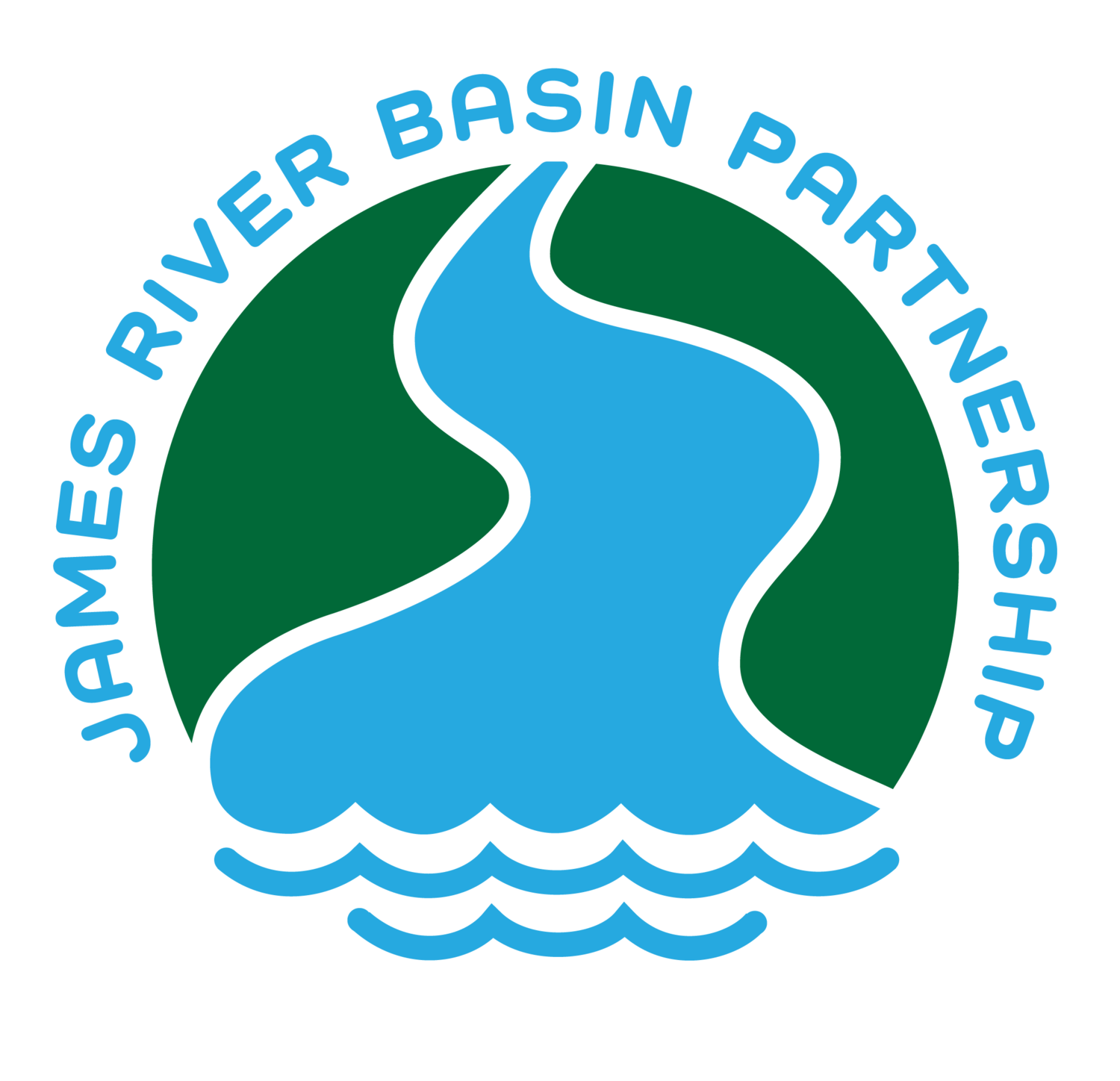My son and I recently went on a Cub Scout camp out at Camp Arrowhead near Marshfield, Missouri, reportedly the oldest Boy Scout Camp west of the Mississippi River. Since it was our first time there, we decided to look around a bit and stumbled into the Foster Lodge, named for Alan C. Foster who gave the first 160-acre tract for the camp back in 1924. As we looked around the lodge hall, with its stone fireplace, Boy Scout banners, pennants, regalia and other memorabilia, I was reminded of other places in the Ozarks that hold a special place in my heart – buildings at state and national parks built in the “Parkitecture” or “National Park Service Rustic” style, most often associated with FDR’s Civilian Conservation Corps during the 1930s and was designed to blend into natural surroundings.
Today, Current River State Park is one of my favorite locations for Parkitecture. An Ozarks “Shangri-La” located between Pulltite and Round Spring, it was once a private club of the Alton Box Board Company. Construction began in 1937, and many company employees enjoyed it grounds and activities, including floating, fishing, hiking and even a one-lane bowling alley in the club’s gymnasium. The club was eventually purchased by the Department of Conservation as an educational retreat center, and then to Missouri State Parks, who allows organizations such as the Ozark Trail Association, American Canoe Association, Americorps and the US Coast Guard Auxiliary to use the facilities while working within Ozark National Scenic Riverways, the Mark Twain National Forest and along the Ozark Trail. It is one of Missouri State Park’s hidden gems and worth preserving in its current form.
While reading the National Historic Register’s description of Current River State Park/The Alton Club, I was struck by comment from a canoeist in a letter to the Department of Conversation that noted, The lodge [at Alton Club] is not only historic, but it is also aesthetically appropriate to the river setting. It sets back from the river. It fits in. Floating past…a canoeist or fisherman is not distracted.
While the original intent of the company in imitating the CCC Rustic style of the nearby Round Spring Lodge was to “have the buildings at the Alton Club blend in with their surroundings in an effort to keep the Club's existence as low key as possible,” as the report notes, the comment above is an almost perfect definition of Parkitecture. It fits in.
The father of the modern conservation movement, the late Aldo Leopold (who owned a cabin on the lower Current River, by the way) noted in his Sand County Almanac that…we abuse land because we regard it as a commodity belonging to us. When we see land as a community to which we belong, we may begin to use it with love and respect. Or in other words, like the rustic architecture of Camp Arrowhead or the Alton Club, We fit in.
JRBP’s upcoming Ripple Effect II Conference on November 14 & 15 at Missouri State University’s Darr Agricultural Center will be a great way to learn about new and innovative low-impact development (LID) techniques and how they are being applied both locally and across the country. But what exactly is LID?
Using advances in technology, LID can make our buildings and construction projects sit lightly on the land – in other words, working with natural processes such as water infiltration, building orientation to harness natural light (as well as reducing energy costs) and collecting rainwater runoff to minimize the project’s negative impacts on the environment. “Fitting in” can also mean using locally available, sustainable sourced materials such as stone and timber from nearby quarries and forestry operations, and other building materials (similar to the Civilian Conservation Corps) and using native plants on the landscape that are adapted to local growing conditions. While low-impact development may seem avant-garde, it really hearkens back to the idea of parkitecture fitting in with natural surroundings. In other words, We fit in.
For more information on Ripple Effect II, please visit the conference web page and view detailed descriptions of presentations, presenter biographies and registration information.
We’ll see you on the river —and at Ripple Effect II.
Todd



